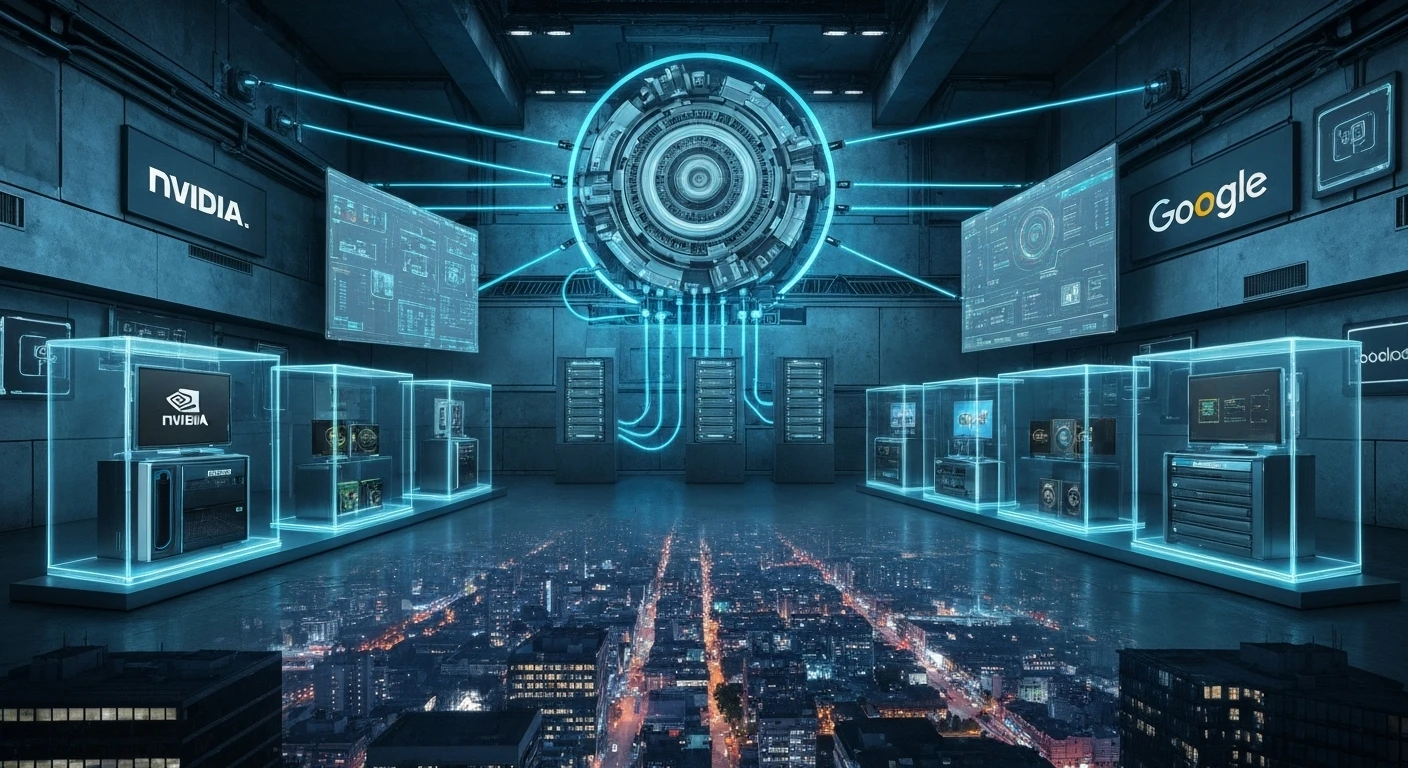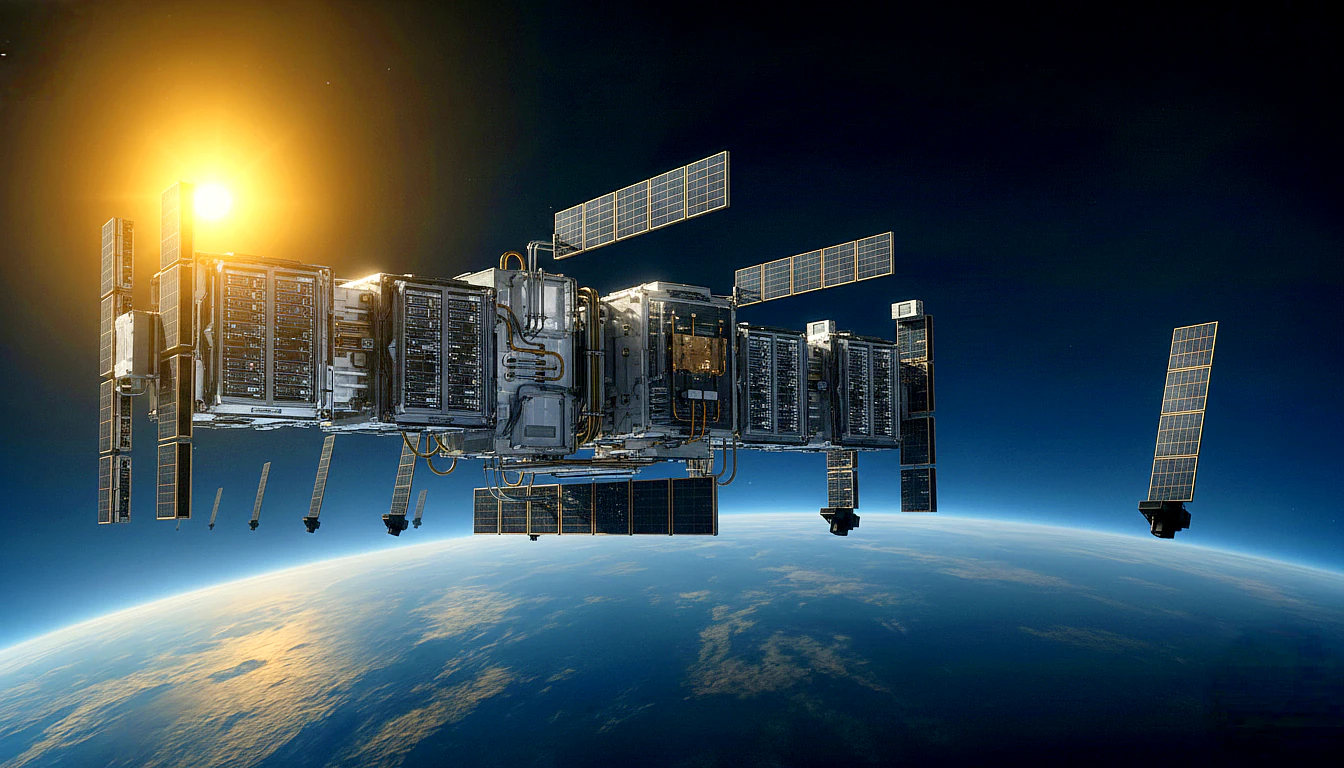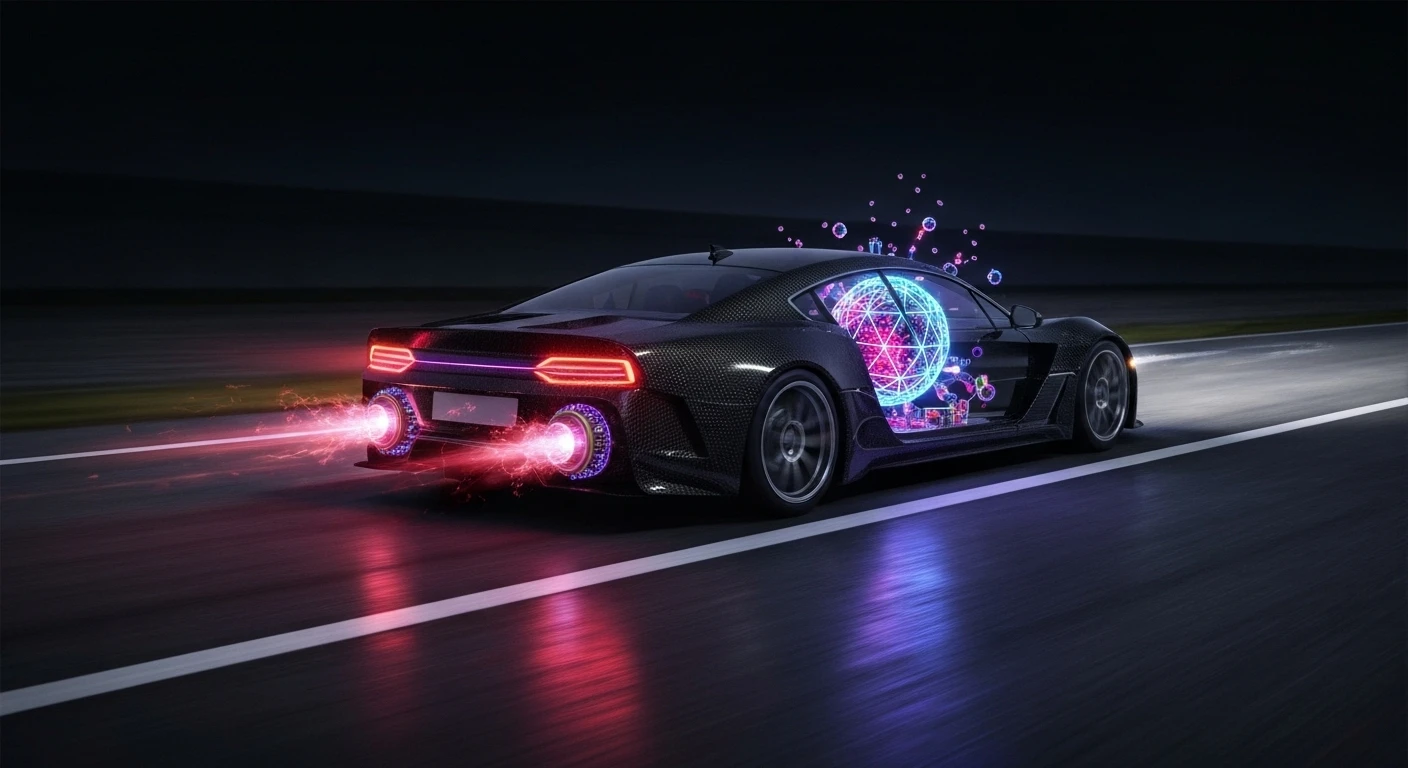Google and Anthropic Close Billion-Dollar Deal for 1 Million TPUs, Challenging Nvidia’s Dominance. Understand the War Over AI Infrastructure.

A silent war, fought not on battlefields but in city-sized data centers, has just seen its boldest move. The strategic alliance between Google and Anthropic, one of the world’s most promising Artificial Intelligence labs, is more than just a computing contract. It’s a warning shot reverberating throughout Silicon Valley, targeting Nvidia’s empire directly and redrawing the technology power map for the next decade. This “billion-dollar” deal will put one million specialized AI “engines” in Anthropic’s hands, forever changing the game rules.
The Billion-Dollar Alliance Shaking Nvidia’s Throne
At the center of this technological earthquake is an impressive number: up to one million Google Cloud Tensor Processing Units (TPUs) will be made available to Anthropic. To put the scale into perspective, the companies confirmed that the partnership will bring over 1 gigawatt (GW) of online computational capacity by 2026. One gigawatt is enough energy to power about 350,000 homes, illustrating the industrial scale of the infrastructure being built to fuel the next generation of Anthropic’s Claude AI.
For Anthropic, the logic is clear and multi-faceted. The company faces “exponentially growing” demand for its AI models, serving over 300,000 corporate clients. To remain at the research frontier and compete with rivals like OpenAI, this firepower is not a luxury but an absolute necessity. However, the cleverest move is diversification. Instead of betting everything on Nvidia, as many have, Anthropic adopts a multi-cloud and multi-chip strategy, utilizing Amazon (AWS) infrastructure and Nvidia’s ubiquitous GPUs as well. It’s a calculated move to avoid bottlenecks, negotiate better prices, and crucially, maintain strategic independence.
For Google, this is a moment of vindication. Over the past decade, the company invested billions in developing its own AI chips, the TPUs, which were seen by many as a powerful but niche tool, mainly used internally. This agreement with Anthropic is the biggest commercial endorsement in TPU technology history. It elevates Google’s chips from an internal asset to a serious competitor in the global market, proving there is a viable and powerful alternative to Nvidia’s near-monopoly. It’s the culmination of a long-term bet finally bearing spectacular fruit.
TPU vs. GPU: The Battle of AI “Engines”
To understand the magnitude of Anthropic’s decision, it’s essential to grasp the fundamental difference between the two technologies fueling the AI revolution today: GPUs and TPUs. Think of them as two different types of high-performance engines.
- GPUs (Nvidia): The Versatile V8 Engine. Graphics Processing Units, popularized by Nvidia, are like legendary V8 engines. They are incredibly powerful, versatile, and can be adapted for a wide range of tasks, from rendering video game graphics to performing complex AI calculations. They’ve become the industry standard due to their flexibility and robust software ecosystem (CUDA). They are the Chevy Small Block V8 in the computing world: reliable, powerful, and present everywhere.
- TPUs (Google): The Specialized F1 Engine. Google’s Tensor Processing Units are the opposite. They are ASICs (Application-Specific Integrated Circuits), designed from the ground up with a single purpose: accelerating mathematical calculations specific to neural networks. Like an F1 engine, they might not be the best choice for city driving, but on their specific track — AI mathematics — they are unbeatable in efficiency.
The main advantage of TPUs, and why Anthropic is betting billions on them, is energy efficiency (performance-per-watt). In a 1-gigawatt data center, energy and cooling costs are astronomical. TPUs perform more AI calculations per watt of energy consumed, translating into massive operational savings. When Anthropic cites “strong price-performance and efficiency” as reasons for its choice, it’s about the total cost to train and operate their models, not just the chip’s hourly price. It’s a bet on economies of scale, where every efficiency penny is multiplied millions of times. This pursuit of maximum efficiency resembles the obsession with lightweight design and power that led Mercedes to create 1,000-horsepower engines weighing very little.
The AI Chessboard: How Anthropic, OpenAI, and Meta Are Playing to Win
This deal does not happen in a vacuum. It is a key piece on the complex chessboard of the AI race where each giant adopts a different philosophy.
“We are witnessing the fragmentation of an industry into three major infrastructure doctrines. Each is a billion-dollar bet on what the future of artificial intelligence will look like.”
The Google-Anthropic alliance is the most significant strategic threat to Nvidia’s dominance so far because it validates an alternative chip architecture on a massive scale. If Google can leverage this victory to promote broader TPU adoption, it could erode Nvidia’s pricing power long-term, potentially signaling the beginning of the end for the absolute reign of a dominant technology, challenged by a more efficient alternative.
Below is a comparative analysis of strategies:
| Feature | Anthropic | OpenAI | Meta |
|---|---|---|---|
| Core Strategy | Diversified Alliance | Brute-Force Alliance | Full Vertical Integration |
| Primary Partners | Google, AWS, Nvidia | Microsoft, Oracle, Nvidia | In-House / Internal |
| Chip Architectures | TPU, Trainium, GPU | GPU, Custom Chips | GPU, Proprietary Accelerators |
| Announced Capacity | >1 GW (by 2026) | ~33 GW (with Stargate Project) | ~6 GW (Prometheus & Hyperion Projects) |
The strategy of OpenAI, supported by Microsoft, is to scale at any cost, buying up all available computational capacity worldwide—an ambition fueling heated debate and even the call from scientists to ban superintelligent AI that could slip out of control. On the other hand, Meta (Facebook) is building its own massive infrastructure, seeking full control and eliminating intermediaries. Anthropic, now backed by the computational giant Google, is walking a middle path: massive scale, but with strategic intelligence, resilience, and an obsessive focus on efficiency.
The Anthropic-Google partnership is not just a commercial transaction; it’s a strategic realignment of the tectonic plates of the AI industry. It validates Google’s decade-long bet on custom silicon, gives Anthropic the firepower to stay at the forefront of innovation, and more importantly, signals to the world that the war for the future of AI has a new and powerful battlefield: the architecture of the “engines” that will drive it. The era of absolute dominance by a single player might be coming to an end.


